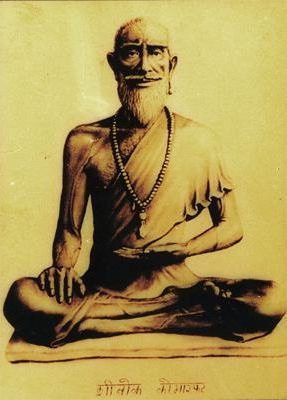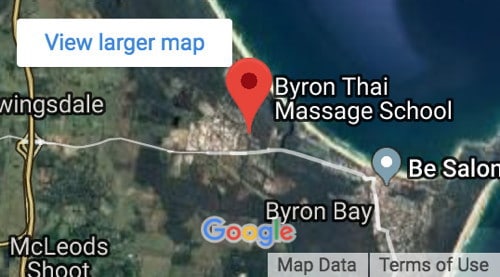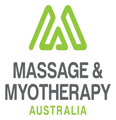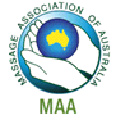Thai Massage
History of Thai Massage

The origin of Thai Massage traces back to a time of YOGIC and AYURVEDIC medicine approximately 2500 years ago, at the time of the last Buddha
The credit for the development of Thai Massage as a medical practice goes to a famous Indian doctor named Dr Shivago Komarpaj, who was the personal physician of the Buddha and the monks in the monasteries of the time.
His name is mentioned in the traditional writings of Theravada Buddhism, which views him as the father of medicine.
Through the centuries the monks, who were the practitioners of medicine, transmitted to Thailand both Buddhist practices and Ayurvedic medicine which eventually became an integral part of Thai culture.
The generations of experience and knowledge learned and passed down through feeling and intuition has evolved Thai Massage into one of the four principal components of traditional Thai medicine, along with nutrition, herbal medicine and spiritual practice.
Thai Massage, traditionally incorporates two kinds of meditations: a metta meditation of loving kindness and compassion and a vipassana meditation of insight, which focuses on the receiver’s body.
The Principle of Thai Massage
The foundation of traditional Thai Massage is based on the concept that a life force (also known as prana, chi or energy flow) circulates throughout the body maintaining health and vitality.
This life force – invisible currents that can be felt and experienced – is believed to run along approximately 72,000 energy lines or Sens , roughly equivalent to the meridians of Chinese acupuncture and to the Ayurvedic Nadi channels.
When this energy flow is blocked or restricted, sickness or disease may develop.
To clear these blockages Thai Massage combines the application of pressure (produced with hands, thumbs, elbows, forearms, feet and knees) with manipulation , adjustment and muscle stretching to provide a comprehensive bodywork experience designed to improve overall health and well-being.
Energy pathways are cleared, muscles are elongated, joints are mobilized, internal organs and all bodily functions are supported to move towards a more balanced state.
Yoga for Lazy People
“Thai Massage is an interactive form of healing bodywork, often compared to a dance, in which the bodies of practitioner and client merge in continuing movement”.
Thai Massage is like having blissful ‘yoga done to your body’. The muscle stretching which takes the form of yoga style asanas, frees up joint spaces and deepens the stretch in a way that is passive for the recipient, yet very active in its effects.
As it is similar in style, Thai Massage also offers similar BENEFITS to yoga : flexibility, internal organ massage, oxygenation of the blood, mobilization, postural alignment, and quieting of the mind.
Yoga practitioners have said: ‘With Thai Massage you are having the movements done to you. It removes the preoccupation with trying to get there and suddenly you are in a pose and enjoying it.‘
Thai Massage is also very beneficial for the practitioners because it allows them to enter a meditative state of mind, stretch and strengthen their own bodies while working on clients.
The influence of YOGA is apparent from the positions (yoga asana) and stretching movements (adjustments) typical of this massage.
There are many similarities in language and definition between 3 of the 10 main Thai sens compared with the yogic and Ayuvedic Nadis (energy channels): The Thai Sen Sumana runs along the center of the body and reaches the tongue like the sushumna of yogic physiology, the Thai pingkhalaa , like the Sanskrit pingala , reaches the right nostril and is associated with the sun; while the Thai ithaa , like the sanskrit ida , reaches the left nostril and is associated with the moon.




